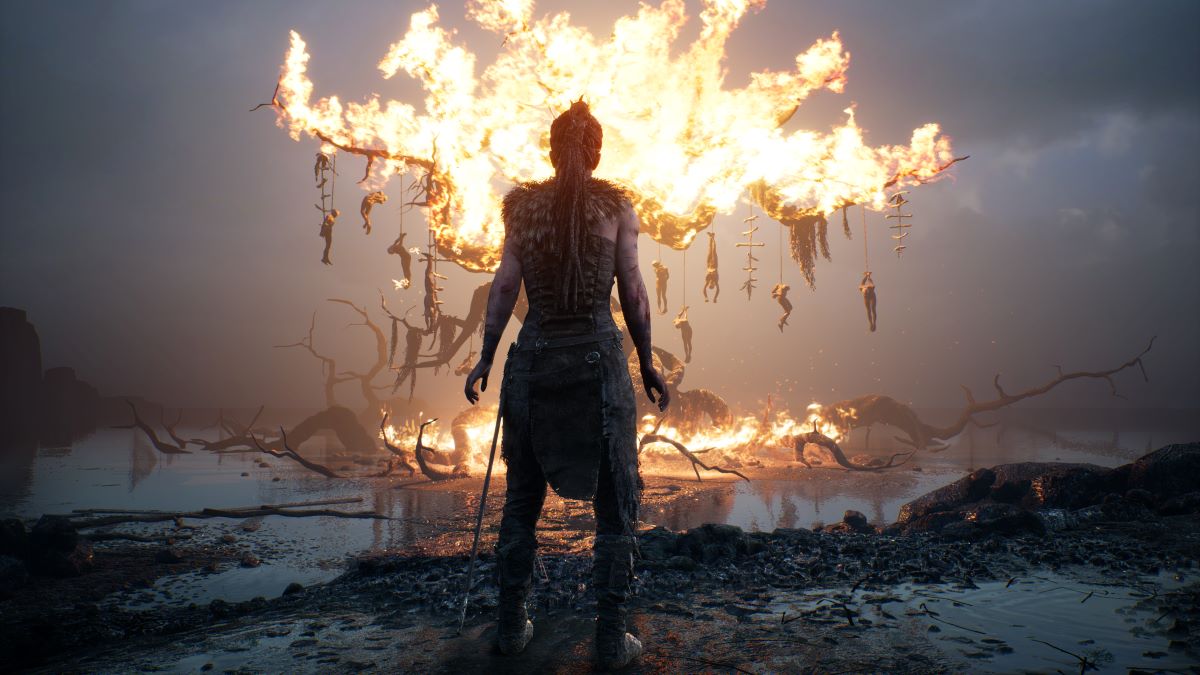To Geoff Keighley and the 120 other game journos who helped determine The Game Awards 2023 nominees, we need a word about the definition of indie game.
I’m referring, of course, to the nomination of Dave the Diver for Best Independent Game at the 2023 TGAs. Let me first say that the classification of independent games has never really been clear. The kind of games we tend to think of as ‘indie’ — smaller-scale games, small development teams, stylized visuals, etc. — exploded during the seventh console generation, powered by the rise of digital distribution and filling the void left by the collapse of the so-called AA market. It’s easy to name examples: Dear Esther, Flower, Braid, Super Meat Boy, Gone Home…
In the strictest terms, though, not all of those games were truly independently produced. Instead, those titles were backed by some of the most powerful corporations in the industry; Braid was initially published by Microsoft, Flower by Sony. That didn’t stop them from being painted with the same brush, however, and it’s easy enough to see why. In the technological arms race that game development has long been, these games broke the mold. They offered new interpretations of what games had to be to be successful, unlike Resistance or Mass Effect, which still looked like other games that had been successful under the traditional publisher-developer relationship.
The landscape became truly fraught over the next few years, with the rise of crowdfunding, the emergence of ‘indie publishers’ like Annapurna Interactive and Devolver Digital, and more traditional AAA publishers either making indie-styled games (like Ubisoft’s Grow Home) or pursuing initiatives like EA Originals or Private Division. Ninja Theory also threw a spanner into the works with Hellblade: Senua’s Sacrifice, trying to occupy a strange middle ground of “independent AAA.” And let’s not forget the brief dalliance with Triple-I as a potential nomenclature.

The divergences mean that if you squint at just about any game hard enough, you can call it indie. And yet, the term ‘indie’ has a strange stigma attached to it. A few weeks ago, an independent studio contacted The Escapist in response to a published article to politely inform us that its game wasn’t indie because it has AAA aspirations. I had a similar response to a query I pitched a few years ago to a studio that was then preparing to self-publish a new game. It seems as if these studios see the term indie as a barometer of scale — or perhaps ambition — rather than any kind of status attached to the game.
And it seems as if the nominators for The Game Awards have a similar perception. After all, the description for the Best Independent Game category states: “For outstanding creative and technical achievement in a game made outside the traditional publisher system.”
It then lists games that are published by Annapurna Interactive, Team 17, and Thunderful — and, of course, Dave the Diver, but I’ll get to that last one in a moment. Now, of course, I don’t know the ins and outs of game publishing contracts, but I would love to know how the agreements from those companies differ from those of the traditional publishers to make them worthy of a wholly separate category. I can’t imagine that the funding is unconditional, that no milestones need to be met, that the onus for distribution and marketing and PR is all in the hands of the developer. So, what puts Cocoon and Dredge and Viewfinder outside of the “traditional publisher system” — especially when something like Baldur’s Gate 3 (a top of the table Game of the Year nominee, let’s not forget) isn’t listed in the same category despite being self-published?

And there’s the elephant in the room of Dave the Diver. It was one of the surprise darlings of the year, self-published by a South Korean outfit called MINTROCKET. It’s seemingly straightforward in deserving to be on the list, except MINTROCKET is in no way independent. The studio’s website describes it as a “stand-alone brand of NEXON,” positioning it as a subsidiary of the South Korean giant. The game may have been self-published, and maybe I’m just cynical, but I’m not prepared to believe that NEXON had nothing to do with making it into the juggernaut it became through viral marketing and paid-for influencers. It’s just too convenient.
In any case, what’s clear is that the nominees for Best Independent Game prove that The Game Awards isn’t clear about what belongs in the category. Games that are genuinely self-published are excluded, while games with publisher support and studios that are corporate subsidiaries are included. It’s all about the vibes of the thing, which is just one of the well-worn problems with The Game Awards (but that’s a whole other discussion).
So, here’s what I propose: a clear, agreeable definition of ‘indie’ game. I think that can be described, quite simply, as a game created by a studio that is not 100% owned by a parent corporation or otherwise involved in publishing games by other studios.
And yes, that goes against the apparent aim to use the award (and broader classification) as a means to give smaller games a chance to shine. After all, it classifies household names like FromSoftware, Larian Studios, Kojima Productions, and Remedy Entertainment as indie studios. Meanwhile, it excludes the likes of Nerial (Card Shark, Reigns series), Mediatonic (Fall Guys), and Tripwire Interactive (Maneater). But then, no classification for a genre this fraught will ever be perfect. At least it’s more coherent than relying on vibes and aesthetics.
